Archive View
Grid View
List View
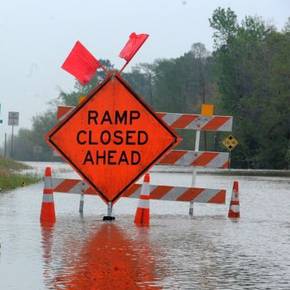
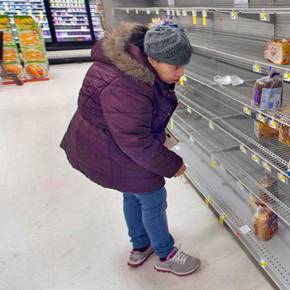

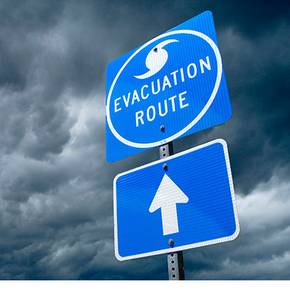
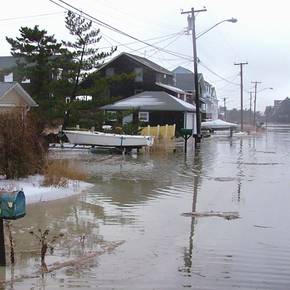
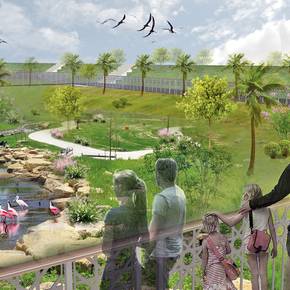
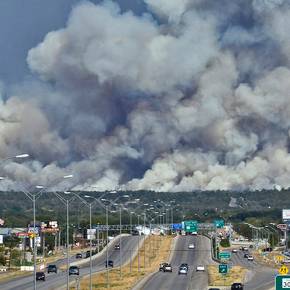

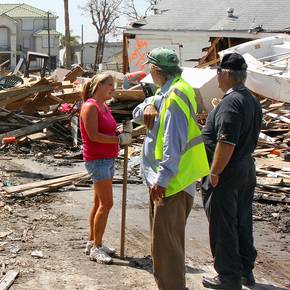

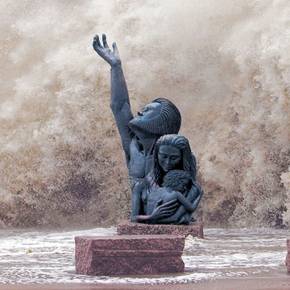

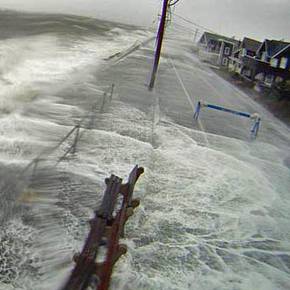
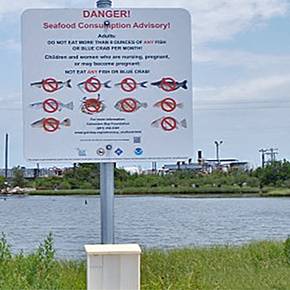
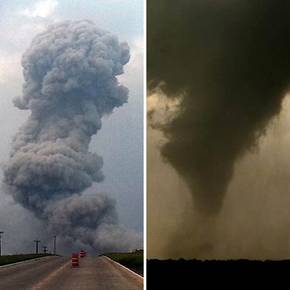
hazards

MUP student project reveals new Houston area flood threat
posted
June 6, 2017
The Houston-Galveston region is even more vulnerable to hurricane flood damage today than it was when Hurricane Ike struck in 2008, concluded Md Yousuf Reja ’16 in his final Master of Urban Planning project.

HRRC eying how disasters influence food distribution
posted
October 11, 2016
Texas A&M University researchers are collaborating on an NSF initiative aimed at identifying links between the U.S. food distribution system and the nation’s energy, water and transportation networks that are most likely to be disrupted in a natural disaster.

Texas A&M research transforming urban school, community
posted
October 11, 2016
After each heavy rain last spring on the streets of an impoverished, east Houston industrial neighborhood, students from nearby Furr High School trained by Texas A&M graduate planning students mapped and tested the toxicity of storm floodwaters.

Profs evaluating plans' effects on hazard vulnerability
posted
February 24, 2016
Phil Berke, professor of urban planning, and Jennifer Horney, Texas A&M associate professor of epidemiology and biostatistics, are conducting research to raise community resilience to natural disasters.

Planning prof leads Dutch, U.S. coastal flooding study
posted
August 24, 2015
Interdisciplinary groups of faculty and students in five U.S. universities will pair with counterparts in The Netherlands in a research project led by Sam Brody, professor of urban planning, to determine how to reduce the impact of coastal flooding.

LAND profs propose series of “Ike Dike” enhancements
posted
June 15, 2015
A proposed “Ike Dike” to protect the Galveston/Houston area from hurricane storm surges should incorporate business parks, public spaces and pedestrian thoroughfares, concludes research funded by Texas A&M’s Institute for Sustainable Coastal Communities.

HRRC identifying best practices in disaster recoveries
posted
March 10, 2015
A research team from Texas A&M’s Hazard Reduction and Recovery Center is working to identify best practices in pre- and post-disaster planning in communities recovering from a variety of natural and man-made disasters.
JAPA features 4 papers by TAMU disaster researchers
posted
March 4, 2015
Texas A&M’s national prominence in disaster planning research is evidenced in the February 2015 Journal of the American Planning Association special issue in which four of the publication’s 10 articles were penned by Texas A&M faculty and former students.

A&M researchers collaborate in U.S. resilience center
posted
March 3, 2015
An elite group of urban planning researchers from Texas A&M University have been selected to play an integral role with scientists from 11 universities in a nationwide initiative aimed at helping communities prepare for and recover from natural disasters.

Agencies work to illuminate climate change in Texas
posted
October 30, 2014
The Sea Grant Program at Texas A&M have teamed up with the university's Institute for Applied Creativity to produce videos that illuminate important issues related to weather, water and climate change in Texas.
Profs publish book with steps to raise community resilience
posted
October 21, 2014
Procedures to create resilient communities — places that avoid, absorb and recover quickly from natural disasters — are detailed in a new book co-authored by four urban planning educators at Texas A&M’s College of Architecture.

Students help create winning master plan at Bangladesh event
posted
September 16, 2014
A master plan for transforming a heavily polluted industrial area in Dhaka, Bangladesh into a vibrant community — designed in-part by two Texas A&M Master of Architecture students — earned first place honors at a four-day design charrette in Bangladesh.

Planning prof helps write paper urging coastal policy change
posted
August 4, 2014
To contend with the rapidly escalating threat of coastal flooding, government agencies need to adopt a new, fundamentally different strategy focused on flood prevention rather than recovery, according to a recent National Research Council report.

Planning prof calls Harris County waste pits a ‘loaded gun’
posted
July 25, 2014
Toxic waste pits along the San Jacinto River in far east Harris County containing dioxin and other hazardous substances are a “loaded gun” threatening human health and the environment, said Sam Brody, professor of urban planning at Texas A&M University.
HRRC comparing man-made, natural disasters in Texas
posted
April 30, 2014
A Hazard Reduction and Recovery Center team is investigating how recovery from a man-made disaster differs from a natural disaster as part of a National Science Foundation study focusing on the Texas towns of West and Granbury, which were hit, respectively, by a chemical plant explosion and a tornado.
Follow Us
Facebook Twitter Vimeo Youtube Flickr RSS
Recent Posts

Planning prof heads study of disaster housing aid
June 12, 2020

A message from the dean
June 2, 2020

Former student remembered as expert planner
April 16, 2020

Leading educator named new head of Architecture Dept.
April 1, 2020

COVID-19 tests given in student-built clinic
March 30, 2020



_thumbnail_small.png)
